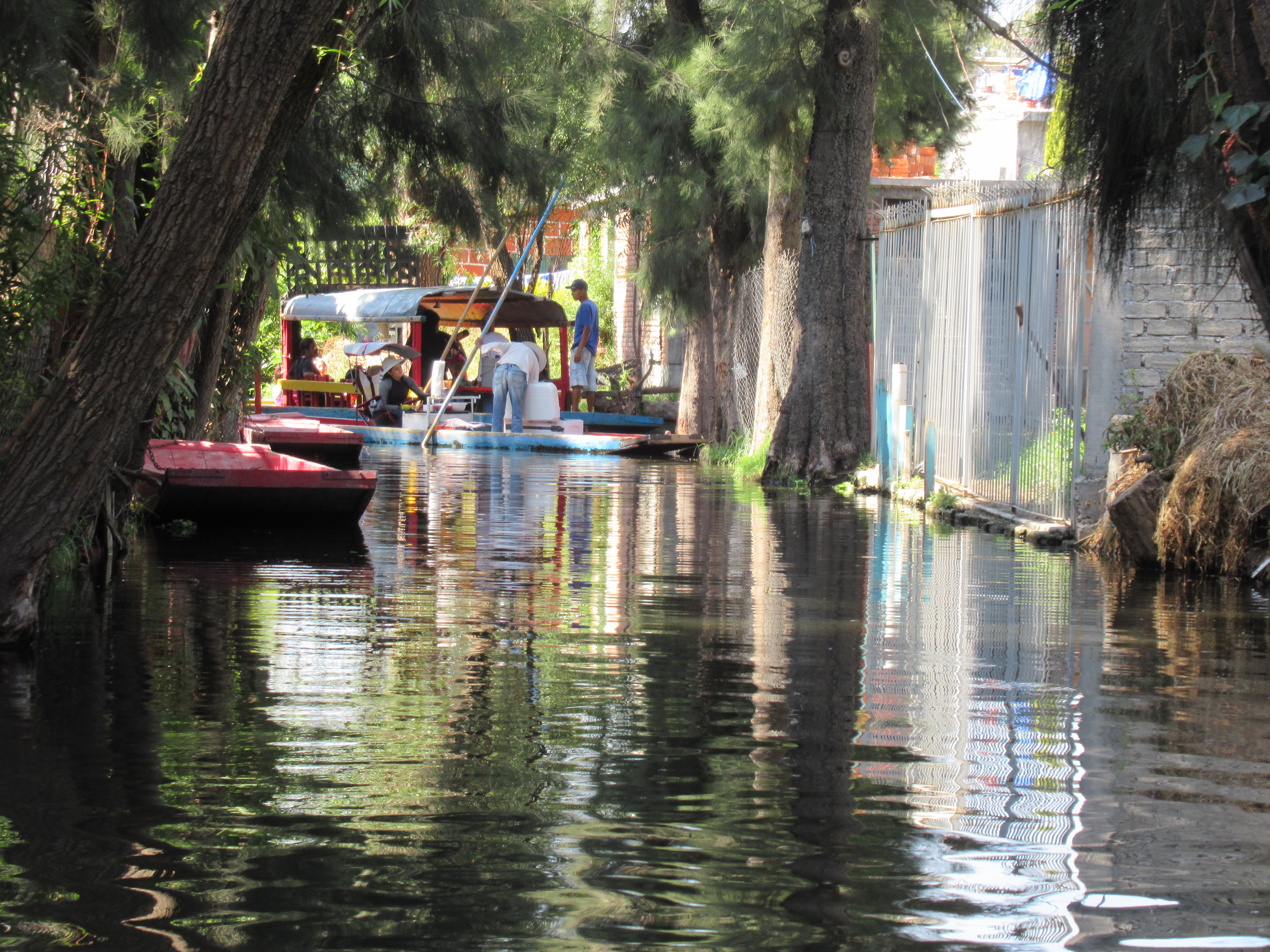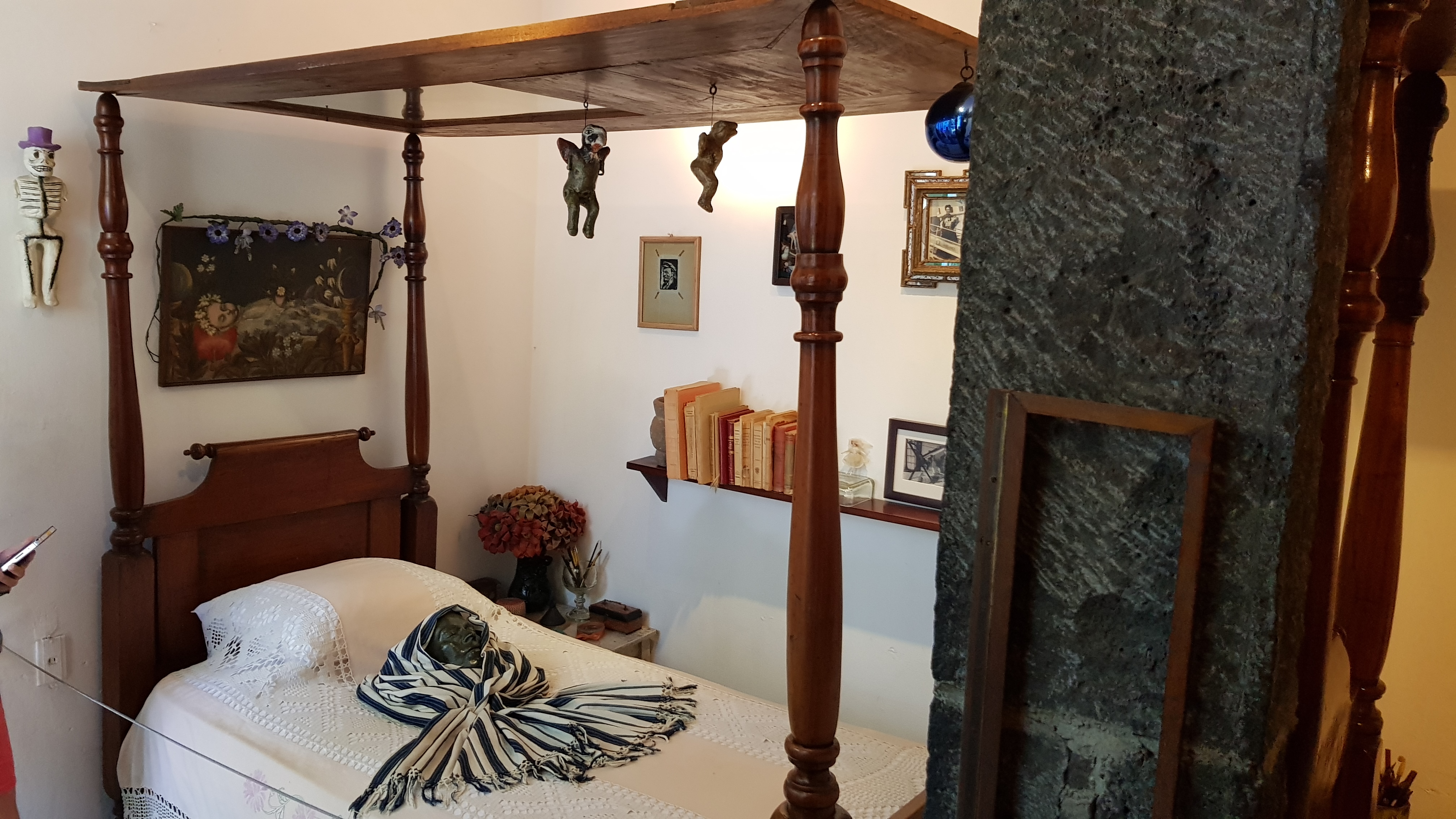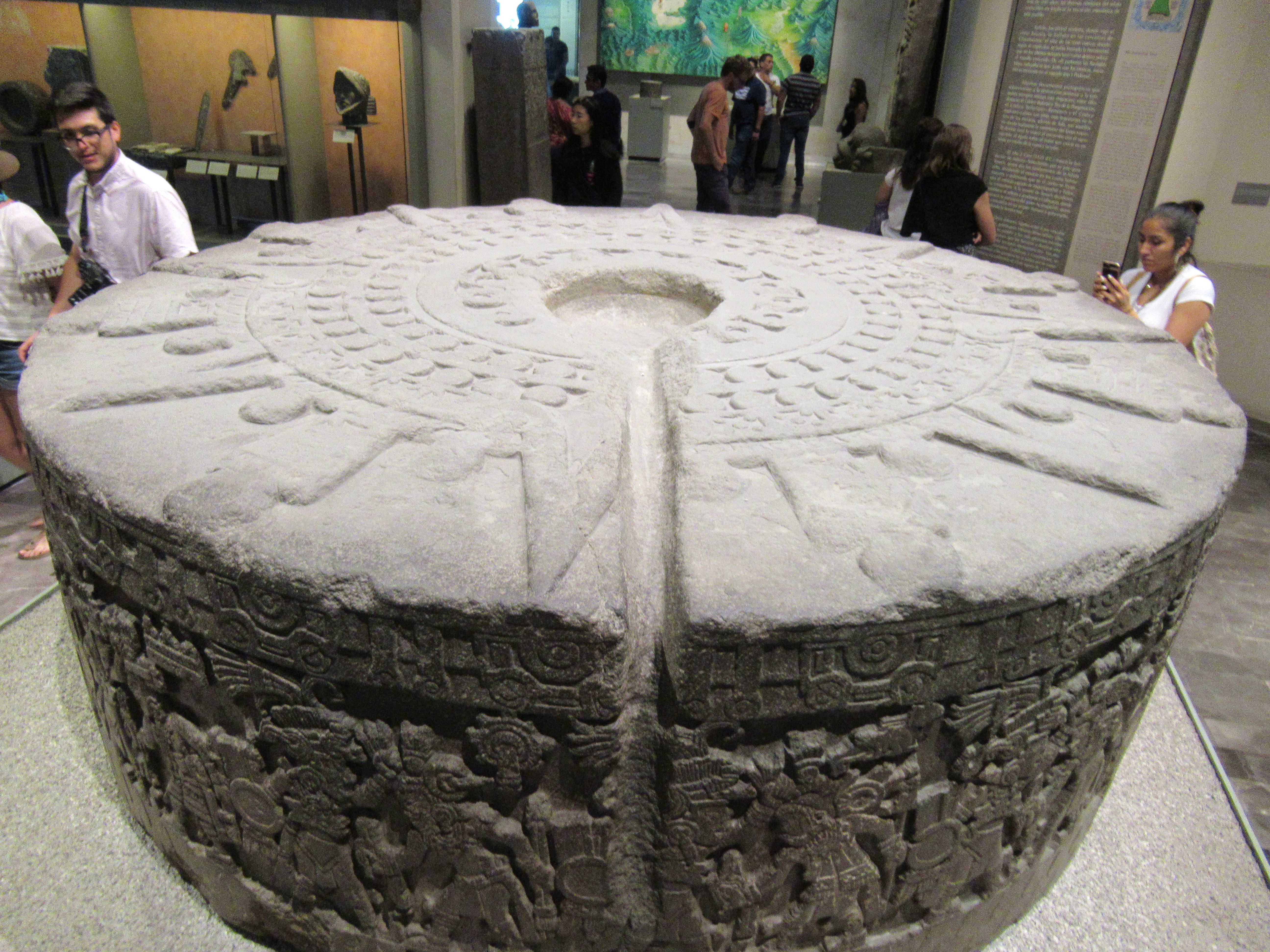Sunday, 24 March 2019
Mexico City, Mexico
Meet the guide in hotel and instantly forget his name. Can remember a face. But not names. Dreadful in meetings when you meet a dozen new people at one go. Never remember. As we drive along think of a polite way to find out his name.
How do you spell your name, I enquire.
P-A-B-L-O. Is the reply. So much for that idea.
Half hour drive through the suburbs. Posh Palanco gives way to more lower working class areas and rather hoping we don’t break down. Never seen so many trees in a city. The stunning purple jacaranda trees are in full bloom. Awesome sight as they’re everywhere.
Heading south of the city centre to the old Aztec canals of Xochimilco. Mexico City was built on the site of an old Aztec city, which was removed by the Spanish to create the capital as it is now. The whole area is in a valley at about 7,000ft altitude and used to be a large lake. The Aztecs built their city on a man made island in the middle of this lake and ruled the area from about 1250 AD to the early 1500s, until Hernan Cortes rolled up from Spain in 1519 and took over. The canals that we’re to travel on are the remnants of the southern end of this Aztec city. The name Mexico is derived from the Aztec word ‘Metztlico’, which means ‘the place of the moon’. ‘Metztli’ being moon and ‘co’ being place.
You see. Once again. You learn with this blog. No need to thank me.
Bet the Aztecs didn’t have 2,500 brightly coloured boats to choose from. Fortunately, we’ve arrived very early this Sunday morning, so not that busy with locals and tourists. Still takes a while to push the boat through the jam packed morass of boats and squeeze our way through from the ‘boat park’ through to the main canal. No motors here. It’s all hand propelled with a pole. Bit like punting on the River Cam (in Cambridge, UK, for non UK readers). But with much bigger, brighter boats. Locals in smaller boats float about selling food, drinks and the usual tourist tat. Big family groups tie two or three boats together for their parties. Really peaceful on the way down but as we turn and head back its clearly getting busier and noisier with boats and their live music bands playing the local music. Bloody racket. Do have a look at the video below.
Once on dry land, shown a typical foodstuff eaten by the lower working class, on account of it being cheapo and full of protein.
Grasshoppers.
Yep. Deep fried piles of them to buy and eat. Farmed especially to eat. They will be appearing in Waitrose soon as the next new superfood.
Guide takes a few to show me and says that I must take the legs of before eating them as they have little barbs on. Have no idea why he’s telling me this as there’s not a cat in hell’s chance of me eating one! He and driver tuck in.
Yuk.
Coyoacan is a nice arty suburb nearby. The name is derived from the coyotes that once roamed the woodland before it was all developed by the Spanish. A fountain in the main square shows two coyotes to prove the point. Cortes’ old house borders the square. There’s a nice buzzy feel about the area and, like Polanco, feels very safe. Reminds me of parts of New York City. Stroll along the jacaranda lined streets to Frida Kahlo’s house.
I’d no idea who Frida Kahlo was until last year. Went to the V&A to see another exhibition and next door was a Frida Kahlo exhibition with long queues. That looks popular, I thought, so went in to have a look. Took me all of two minutes to walk through the exhibition. Not an arty person.
Am given 45 minutes to look around her home. 40 minutes too long. Not allowed to take photos unless you pay for a permit and display a big sticky label on your chest. As you should all know by now. Rules are for guidance. There are officious looking women in each room with earpieces and walkie talkies spotting illicit photography. It becomes a game. Keeps me amused. Hope you enjoy the free photographs below.
Frida Kahlo was part paralysed in a bus crash when she was 18 years old. A mirror was installed above her bed so she could paint self-portraits. Her husband, Diego Rivera, also an artist had many affairs and Frida herself apparently had an affair with the Russian, Leon Trotsky, who stayed with his wife at their home for a while. The things you learn with this blog. Her death mask lies on her bed and an urn on her dressing table contains her ashes.
Outside the Anthropological Museum, in the park, see a very tall pole with four men at the top sitting on a wooden frame. They’re each tied to a rope which is wound around the pole. They launch themselves and start going around like a merry-go-round and descending at the same time as the rope gets longer as it unwinds. See video below.
Impressive museum containing artefacts from 5,000 years BC to 1500 AD and the human sacrificing Aztecs. A very large round carved stone, about 1.5m deep, has a channel carved into the top surface from the centre to the outside. Believed to be used for human sacrifice and the channel used to drain the blood. Nice.
The most impressive artefact though is the Aztec Calendar or Stone of the Sun. About 2.5m in diameter, it was discovered in 1790 in what is now the main square of the city centre (more of which in tomorrow’s blog). Shows a pair of human hearts, snakes around the edge, a number of suns and iconography representing days. See the photo below to see how brightly coloured it was way back when.
Another colourful artefact is Montezuma’s feathered headdress. Made from the feathers of many birds including Quetzel and hummingbirds. Actually a replica. The original is, for some reason, in Vienna. Of all places.
Well, dear reader, the foregoing is a mere snippet of the amount of listening I’ve been subjected to today. My dear guide, an elderly gent, can’t half rattle on. It’s like being in a double-double-double-double-double-double History lesson at school.
And the same again tomorrow.
Going to give my ears a rest.
































